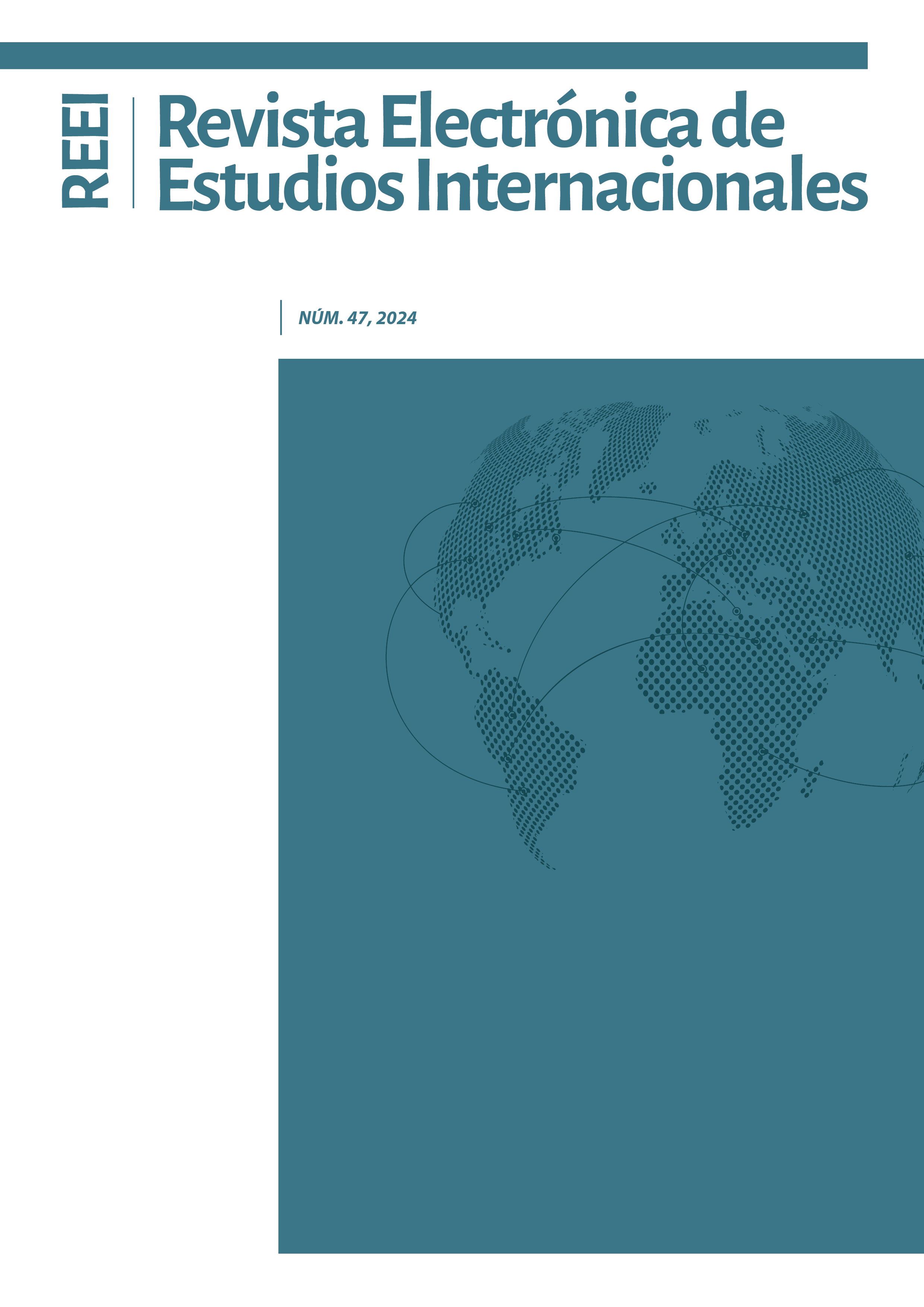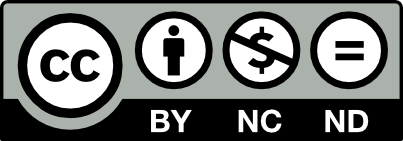Las Naciones Unidas y la reforma de la arquitectura institucional del Derecho Internacional del Medio Ambiente
DOI:
https://doi.org/10.36151/reei.47.10Palabras clave:
Naciones Unidas, Derecho Internacional del Medio Ambiente, Programa de las Naciones Unidas para el Medio Ambiente, acuerdos ambientales multilateralesResumen
Desde hace varias décadas, la comunidad internacional viene reconociendo la necesidad de reformar la arquitectura institucional del Derecho Internacional del Medio Ambiente, ya que se trata de un sistema institucional fragmentado y carente de coherencia. La Organización de las Naciones Unidas ha lanzado varias iniciativas para mejorar la coordinación en dicha estructura. Entre las propuestas que han sido debatidas en el seno de la Organización ha ocupado un lugar preferente la creación, a partir del Programa de las Naciones Unidas para el Medio Ambiente, de una Organización de las Naciones Unidas para el Medio Ambiente. Desafortunadamente, la incapacidad de los Estados para alcanzar un acuerdo sobre esa propuesta ha supuesto la puesta en marcha de medidas alternativas consistentes fundamentalmente en el fortalecimiento del Programa y en la coordinación de los órganos de los acuerdos multilaterales ambientales. Estas medidas son a todas luces insuficientes y ponen de manifiesto nuevamente las deficiencias y vacíos en la gobernanza del Derecho Internacional del Medio Ambiente y la falta de voluntad de los Estados para resolverlos de manera efectiva.
Descargas
Descargas
Publicado
Número
Sección
Licencia
Derechos de autor 2024 Revista Electrónica de Estudios Internacionales

Esta obra está bajo una licencia internacional Creative Commons Atribución-NoComercial-SinDerivadas 4.0.




